Google's weather forecasting just got a major upgrade. The tech giant has rolled out its WeatherNext 2 forecasting model across Search, Gemini, and Pixel Weather, promising more accurate predictions for users worldwide. This is not just another incremental update. It marks a leap in how Google processes and delivers weather information across its ecosystem.
For millions who check Google for a quick sky check, this could be the difference between sprinting through a surprise squall and cruising under clear skies. So what changes when you ask for tomorrow's forecast, glance at your Pixel Weather widget, or chat with Gemini? Quite a bit.
What makes WeatherNext 2 different from traditional forecasting?
Weather prediction is messy. WeatherNext 2 attacks that mess from a new angle. Instead of leaning hard on historical patterns, it uses machine learning to chew through massive streams of real-time atmospheric data.
The shift is about mindset. Rather than replaying last week, WeatherNext 2 watches the atmosphere minute by minute, then adjusts on the fly. Think of it as a never-tired meteorologist who can scan thousands of data points at once and keep tweaking the call as conditions change.
Its strength comes from pulling lots of inputs at the same time. Satellite imagery, ground-based sensors, radar data, and atmospheric measurements all feed a single prediction engine. That blend helps with tricky situations, like fast-building thunderstorms or weird precipitation bands that older models often miss.
Google's documentation explains WeatherNext 2 uses multiple real-time data sources (satellite, radar, sensors); Google does not state it 'processes over 100 terabytes daily.' For context, NOAA and other data providers publish tens to hundreds of terabytes of environmental data per day, which helps it spot subtle signals that precede sudden shifts, like those afternoon showers that seem to appear out of thin air.
In short, WeatherNext 2 does more than spit out a forecast; it reads the push and pull between conditions in ways previous systems could not.
How does this impact your daily Google experience
Because the same engine now powers Search, Gemini, and Pixel Weather, your forecast stays consistent no matter where you check it. Ask Gemini about Saturday, search for the weekend outlook, or open the app on your phone, and you will get the same call, updated on the same cadence.
That sounds small until you notice it. Morning coffee check in Search. A quick voice query before lunch. A last glance at your phone before a run. Those who used to disagree now and then due to different refresh cycles or priorities. Now they line up.
The result is simple: less second-guessing. Your Search snippet matches what Gemini says about the afternoon, which matches the Pixel Weather card. Consistency builds trust, and trust makes the forecast useful.
PRO TIP: Google reports measurable improvements across lead times from 0–15 days; the model's higher hourly resolution is especially useful for short-range (hour-to-day) planning. Plan the picnic accordingly.
The bigger picture: Google's AI-first weather strategy
This rollout fits a broader play, weaving AI into everyday services where you feel the benefit, not just read about it. The weather is perfect for this kind of work because it is data-rich, the scorecard is immediate, and everyone cares if the call is right.
When you get right down to it, weather is a proving ground. If the system keeps improving forecasts you check daily, it strengthens the case for using similar techniques in other prediction problems.
The spillover matters too. As these models get sharper, the same pattern-finding foundation can help services that rely on prediction and context, from navigation timing to smarter energy tips. Bit by bit, that builds a more aware ecosystem.
This path contrasts with the louder chatter around pure generative tools and chatbots. While those grab headlines, Google's emphasis on practical AI applications shows how machine learning can quietly make core services more dependable.
Bottom line, Google is not just making a nicer weather widget. It is showing how AI can make everyday tools feel solid.
What this means for the future of weather technology
WeatherNext 2 is more than an upgrade; it signals a shift toward AI-driven environmental monitoring that could change how we interact with forecasts. As the tech matures, expect more personalization and sharper location awareness.
Current meteorological research points toward hyperlocal prediction capabilities with street-level resolution in the coming years. Imagine a heads-up that says rain starts on your block at 3:12, light at first, done by 3:40. Handy on school pickup duty, crucial during storm season.
The cross-platform integration also sets a higher bar for consistency. You no longer have to wonder if Search, Gemini, and Pixel Weather are singing from the same sheet; they are.
That may feel subtle, but it builds real trust. When every Google touchpoint tells the same weather story, you are more likely to rely on it for decisions, large and small. Harvest timing or commute choice, boots or sneakers.
Here is the takeaway: this update puts Google in the serious-forecaster column, with data scale and a clean user experience working together. For you, it translates to forecasts that feel steadier and show up the same way across the Google services you already use. If I had to guess, you would notice it most on those fickle spring afternoons.






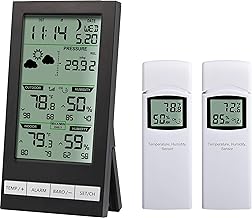
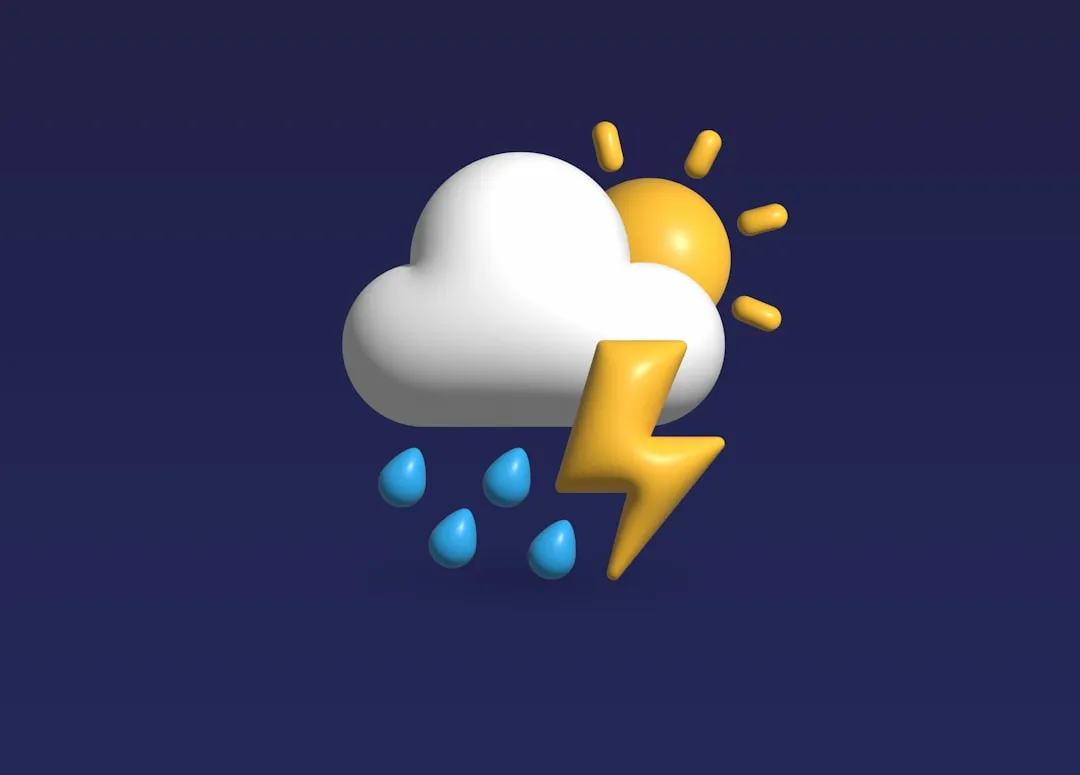
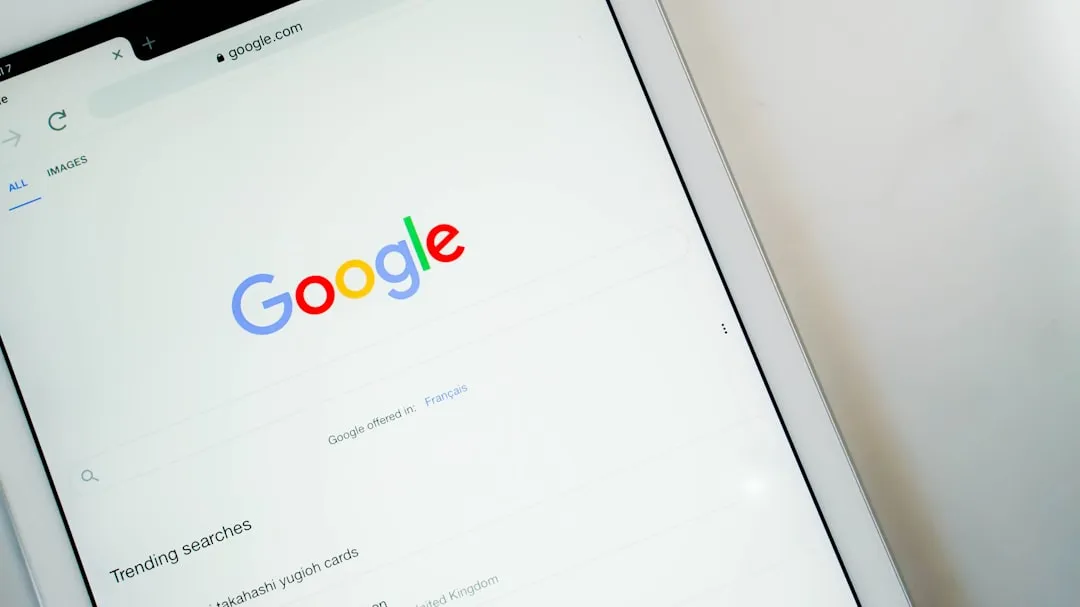

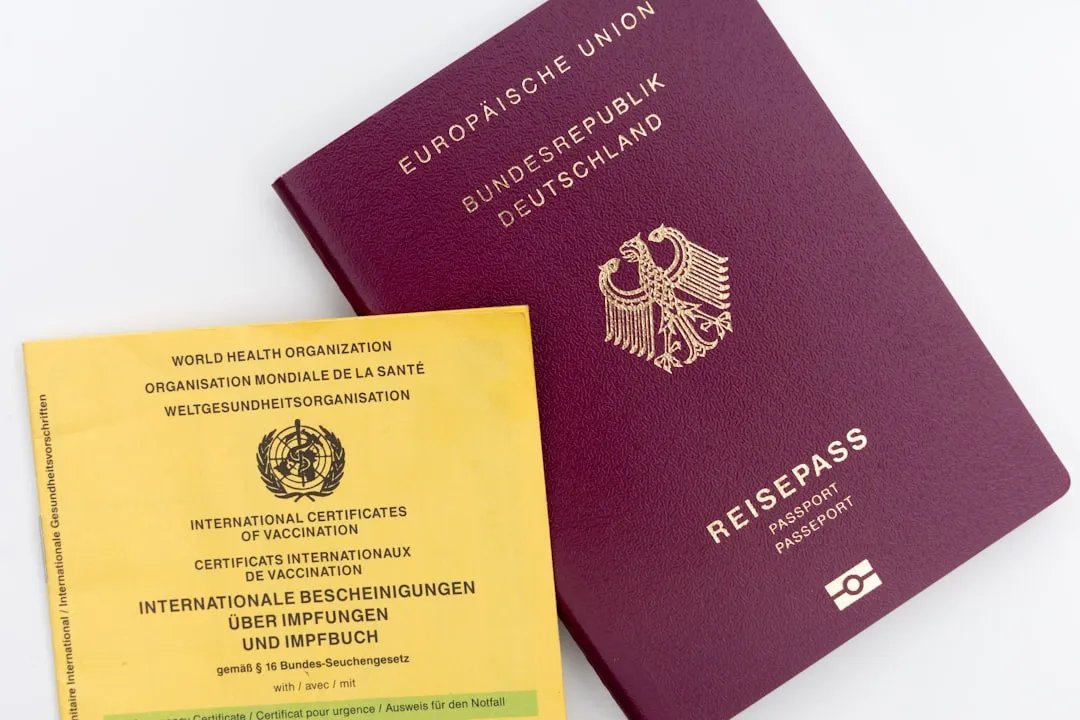


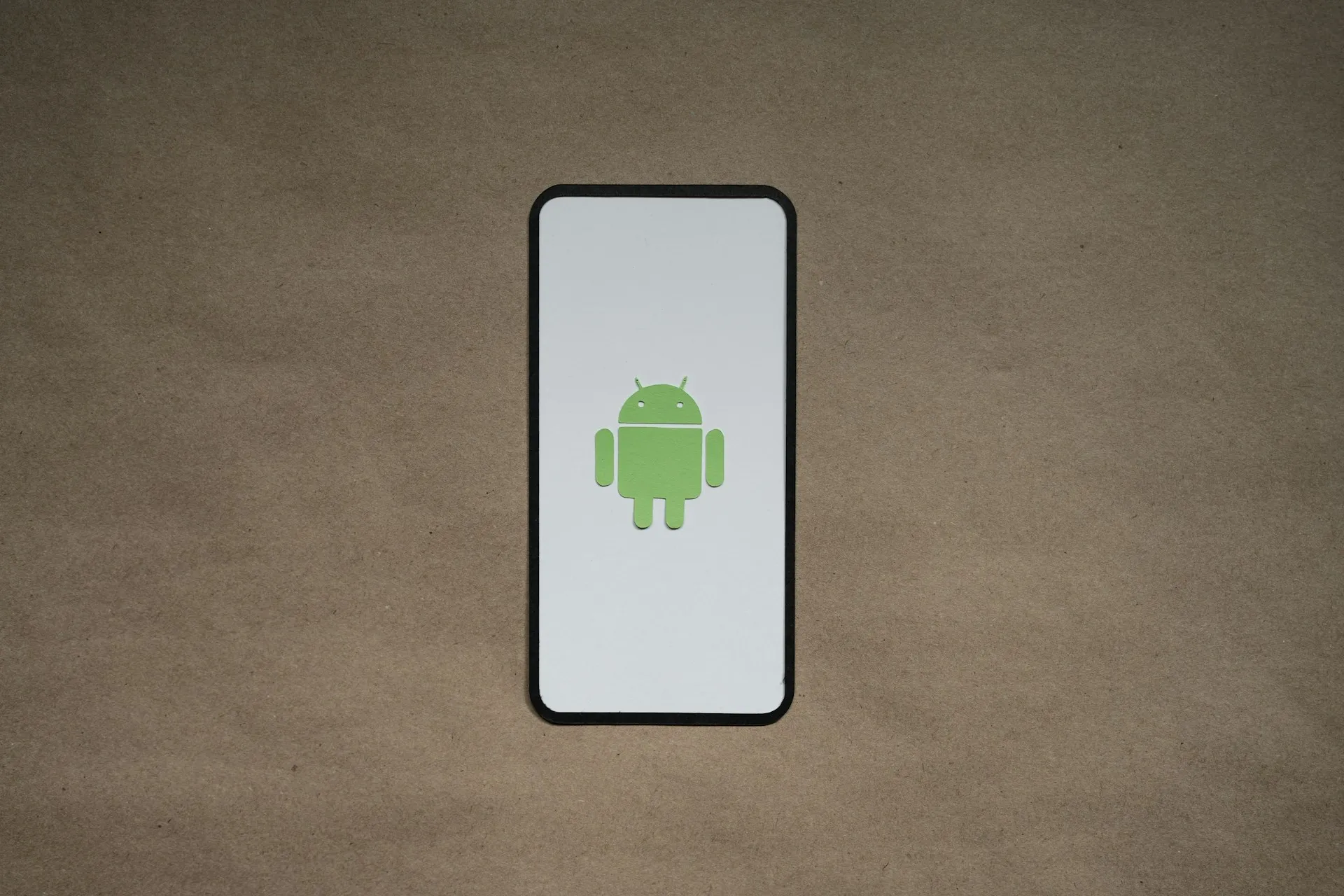

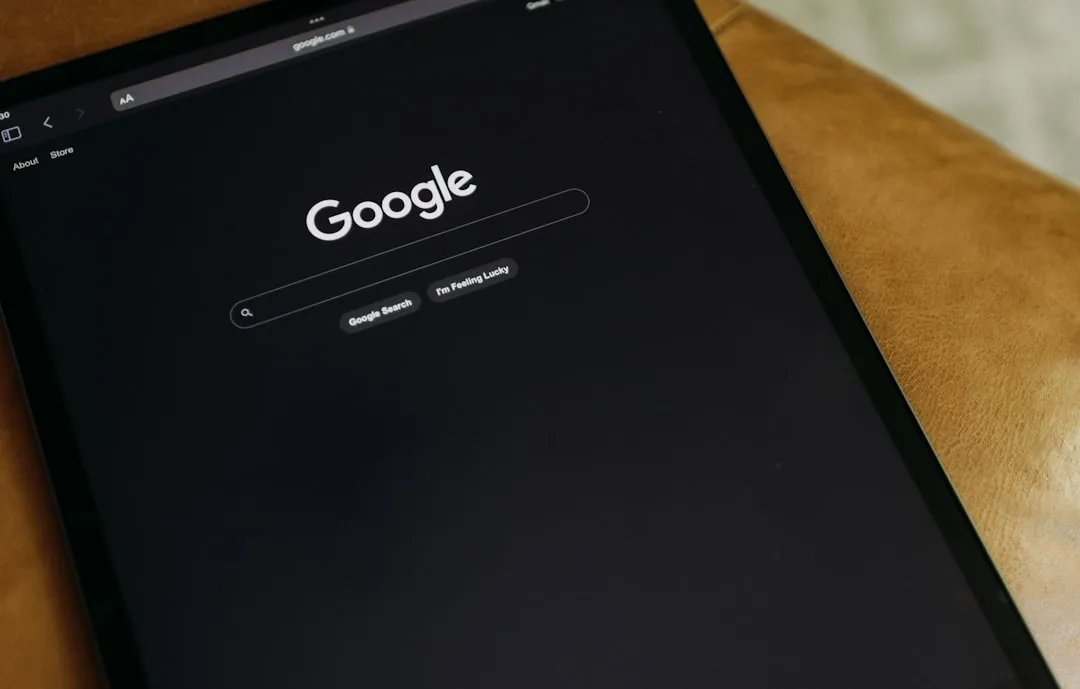



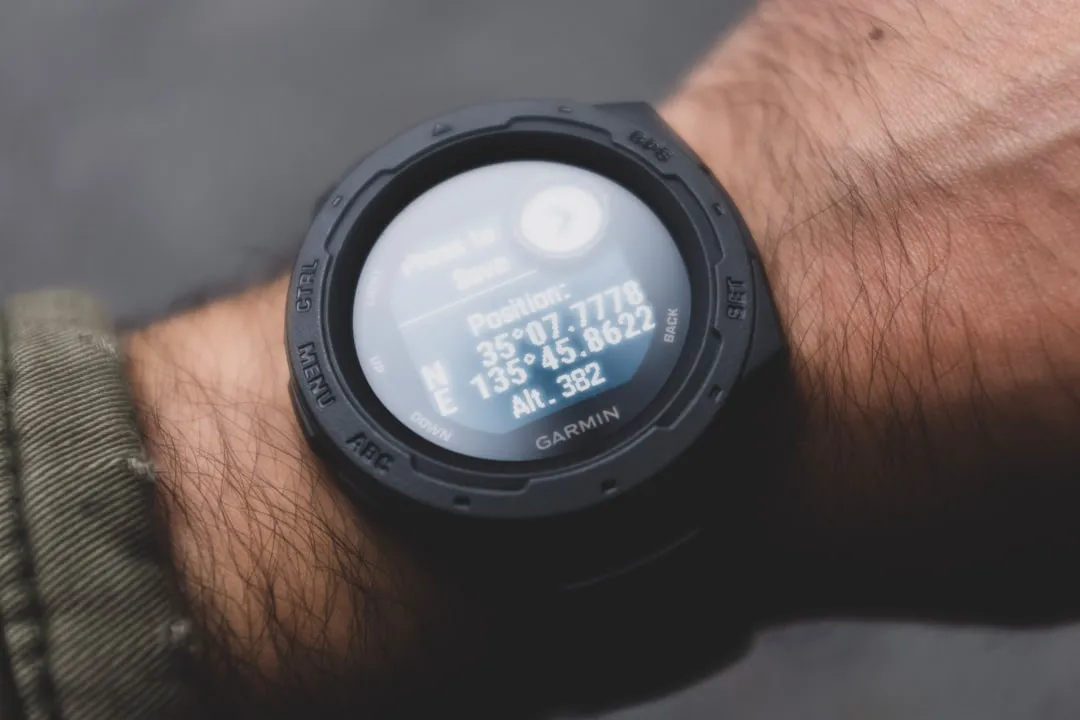
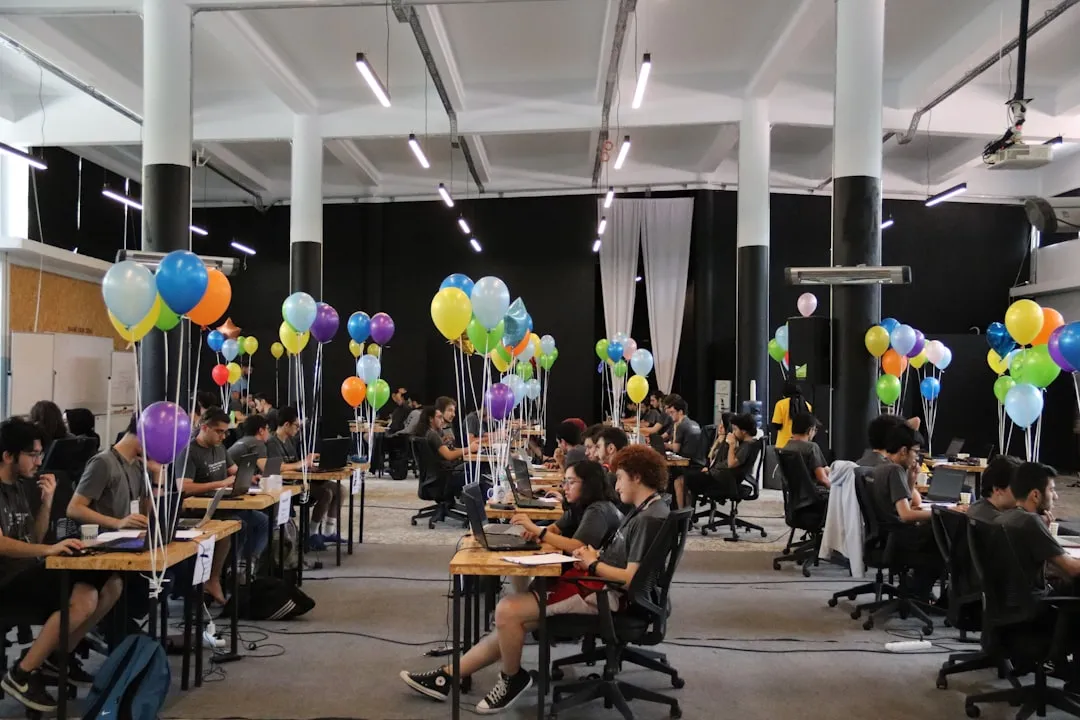

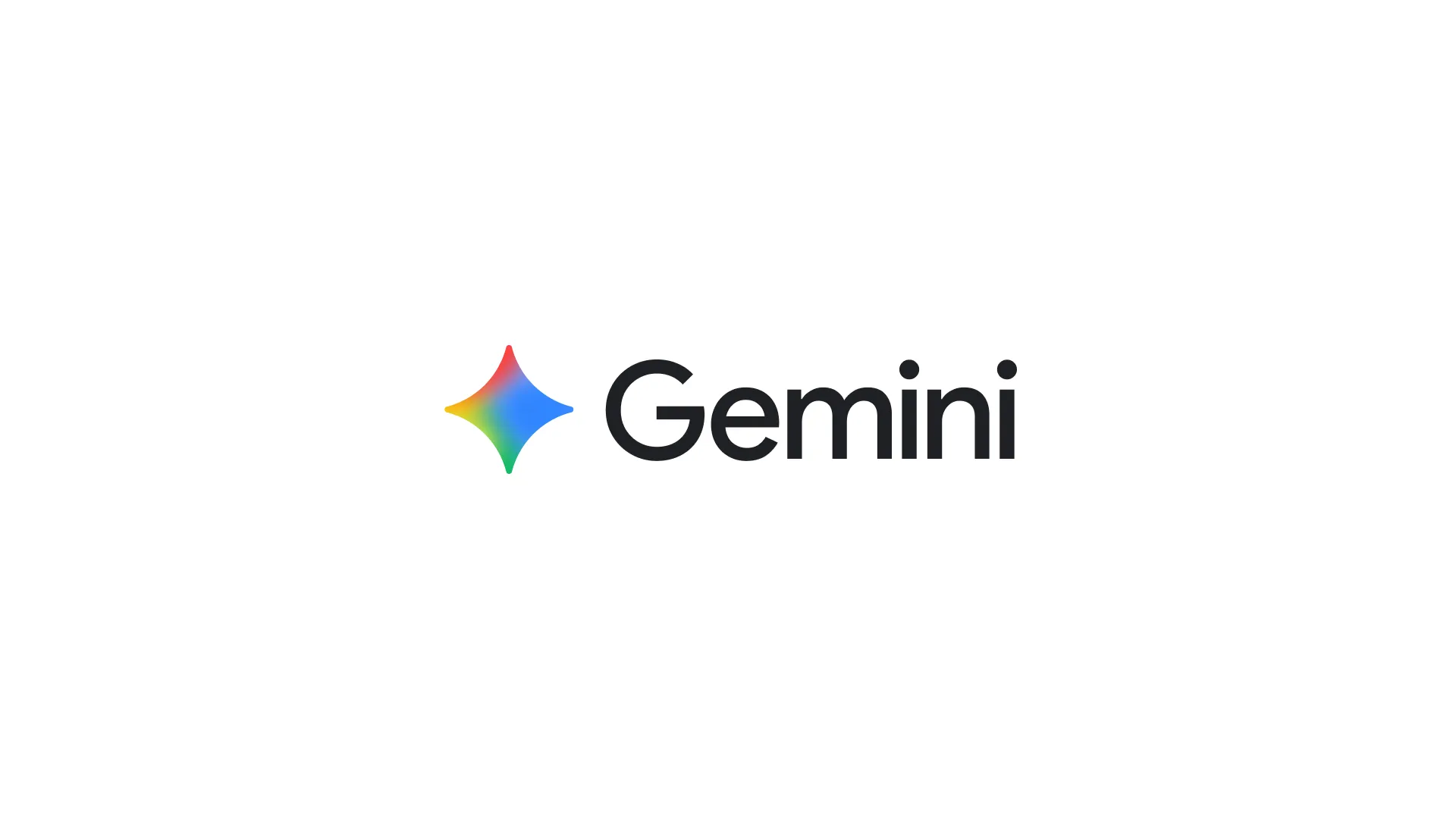




Comments
Be the first, drop a comment!